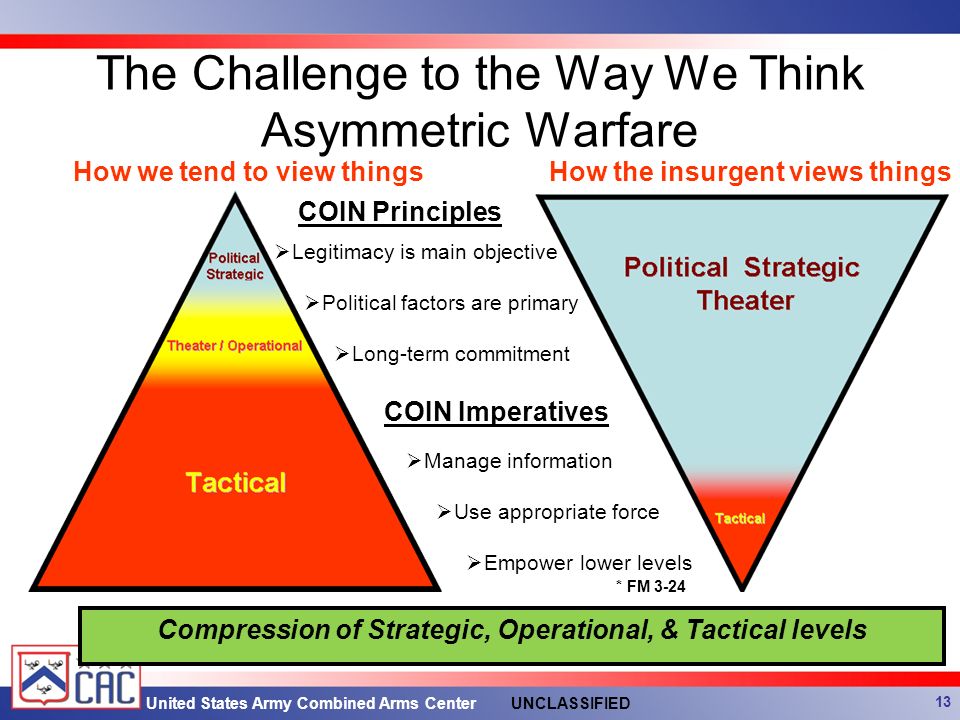#SchizoChat
That's how I describe myself, and the costume looks nothing like me haha
#SchizoChat
#SchizoChat
Yet we still frequently throw around terms like “crazy” or “lunatic” when discussing the antics of current leaders, weird. #SchizoChat
Keep Current with Schizo Scientist
This Thread may be Removed Anytime!
Twitter may remove this content at anytime, convert it as a PDF, save and print for later use!

1) Follow Thread Reader App on Twitter so you can easily mention us!
2) Go to a Twitter thread (series of Tweets by the same owner) and mention us with a keyword "unroll"
@threadreaderapp unroll
You can practice here first or read more on our help page!




